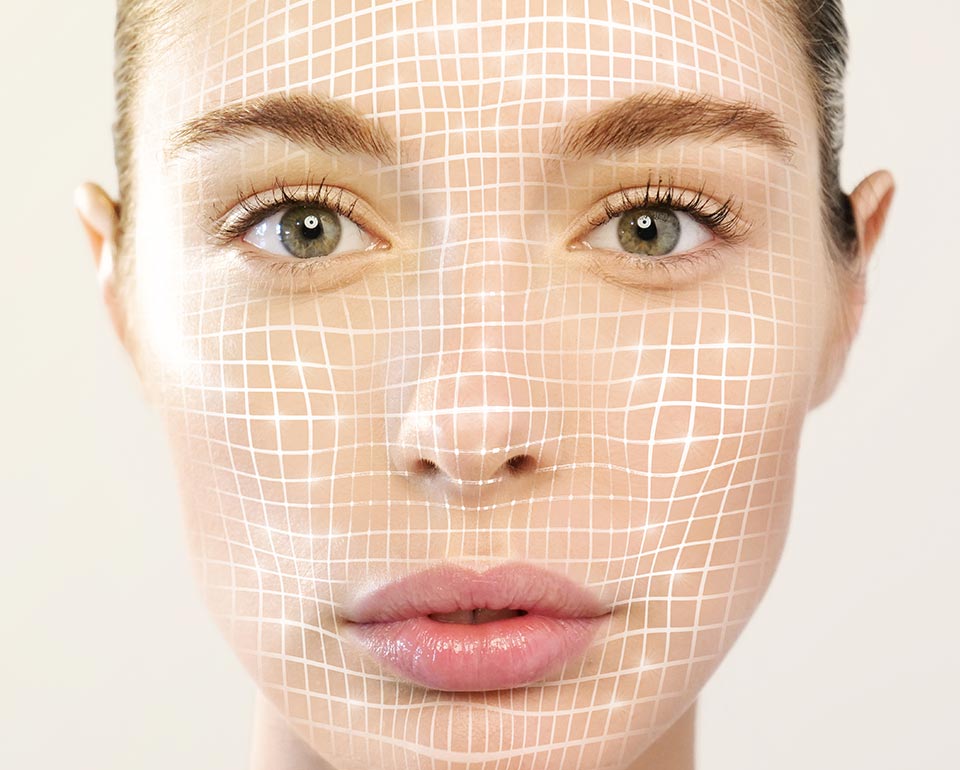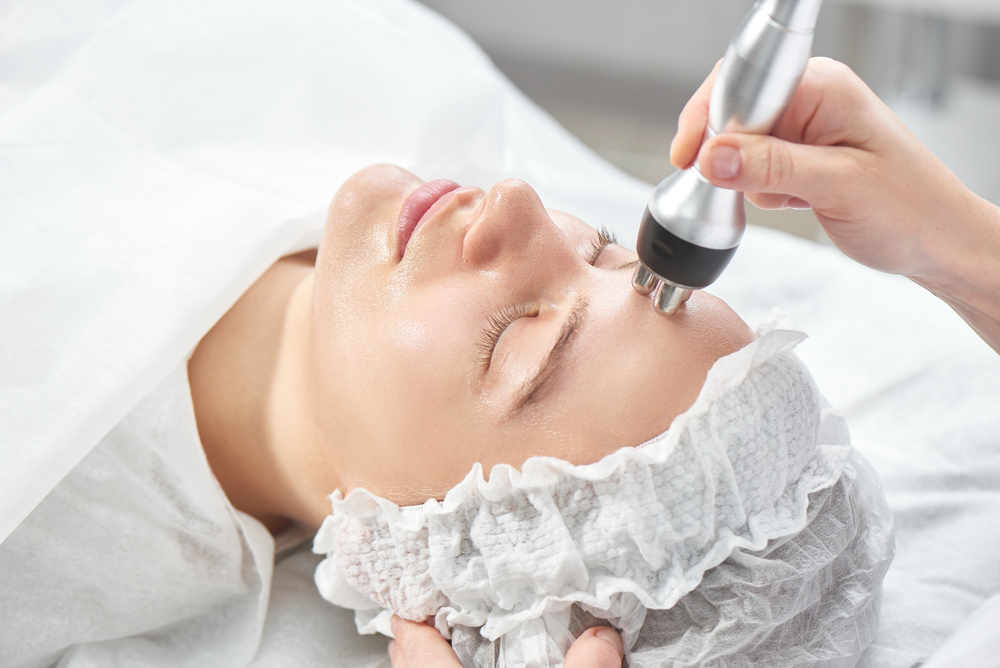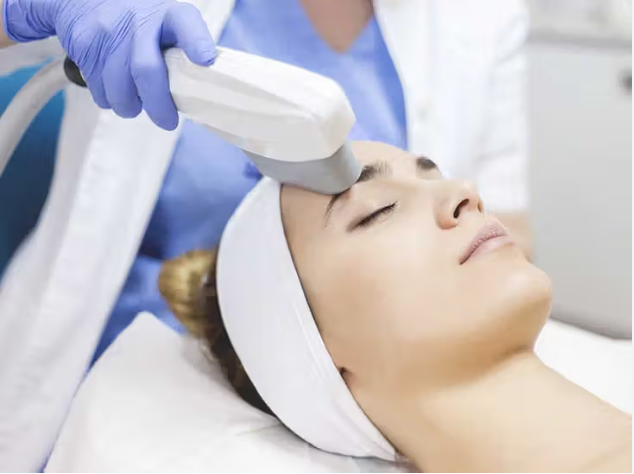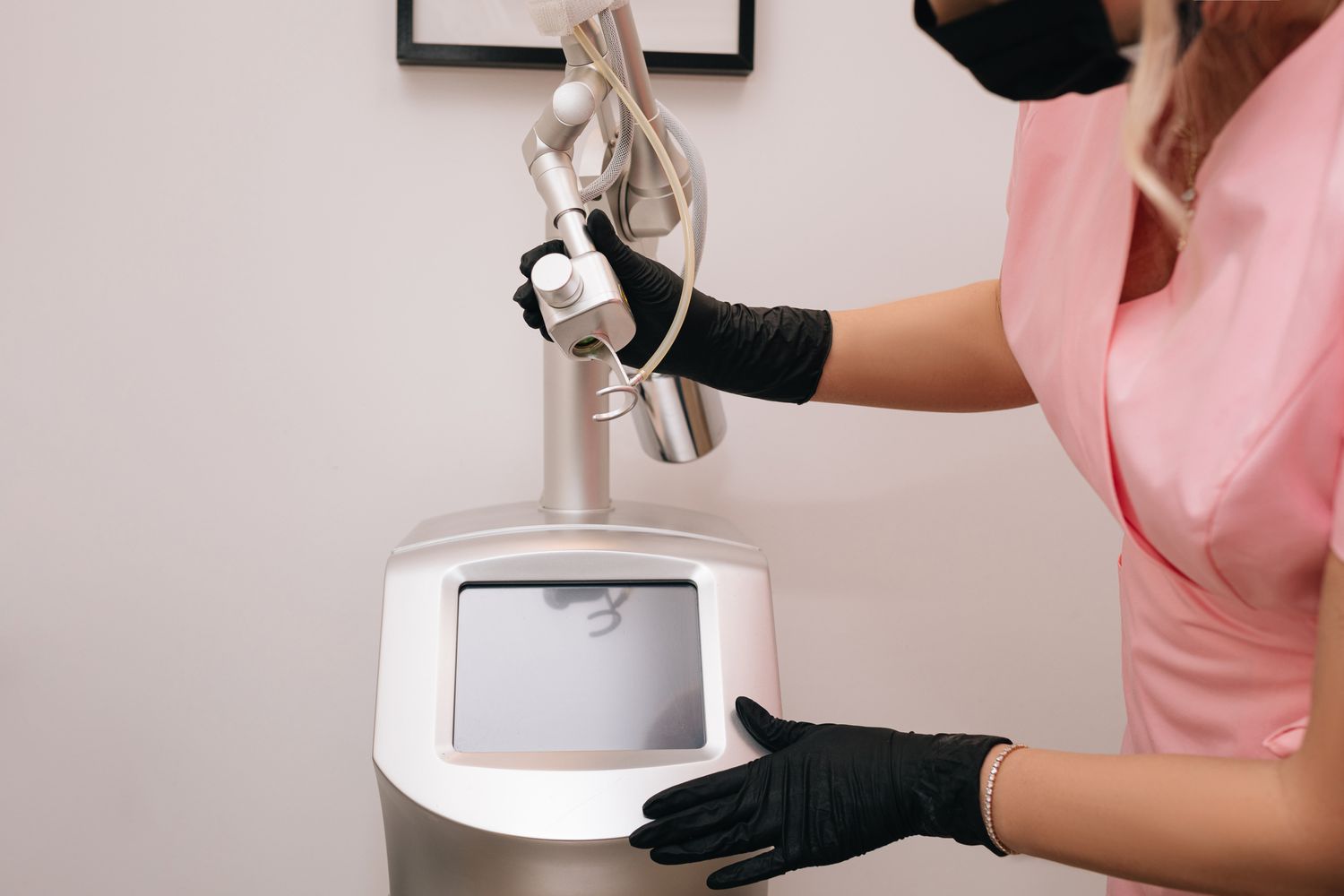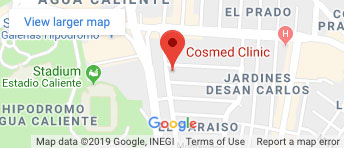The Art and Science of Facial Aesthetic Analysis
When it comes to beauty and aesthetics, there’s a universal agreement that a balanced face is attractive. The quest for the perfect face has been a constant across centuries, cultures, and technological advancements, leading to the development of facial aesthetic analysis. This technique blends art and science to examine and improve facial features, providing insights into why certain faces are considered more appealing than others.
The Basics of Facial Aesthetic Analysis
Facial aesthetic analysis is all about using a detailed method to check if the features of a face are in proportion, symmetrical, and harmonious. Nowadays, this technique is super important in fields like cosmetic surgery, skin care, and even teeth alignment, helping not just to make people look better but also to solve practical health issues.
Technological Innovation in Aesthetics
Advancements in technology have revolutionized facial aesthetic analysis. Digital imaging, 3D scanning, and artificial intelligence offer precise evaluations of facial features, enabling customized treatment plans. These technologies not only improve the accuracy of analyses but also allow for the visualization of potential outcomes, enhancing patient confidence and satisfaction.
The Components of the Facial Analysis
A thorough review of facial aesthetics looks at many aspects, such as the feel of the skin, the overall shape of the face, and how different parts like the eyes, nose, lips, and chin relate to each other in size and placement. The aim is to spot any unevenness and come up with plans to improve the overall balance and look of the face, while making sure each person’s unique features are preserved.
It’s a tool for the evaluation of the face in which all its facets are taken into account; from the skin, the contour, to its proportions. In this way, it guarantees the development of a totally integrated plan, with the objective of enhancing the natural beauty and achieving a more attractive look. As stated by Dr. Nathalie Beltran.
The Universal and Unique Applications
Facial aesthetic analysis is used for a wide range of purposes. It’s really helpful in cosmetic surgery for planning different procedures, including nose jobs, facelifts, and making lips fuller. Non-surgical procedures, like fillers and Botox, also depend on a careful examination of the face to get results that look natural. But it’s not all about looks; this kind of analysis is also key in fields like teeth straightening and jaw surgery to fix practical problems while also making the face look better.
In Conclusion: Beauty Meets Science
Facial aesthetic analysis links our natural want for beauty with the accuracy of today’s science. This approach allows experts to do more than just improve how people look; it also boosts the mental health of those looking to better their facial features. As the understanding and appreciation of different kinds of beauty grow, facial aesthetic analysis keeps showing the enduring human search for balance, the right proportions, and a way to express ourselves through our looks.

